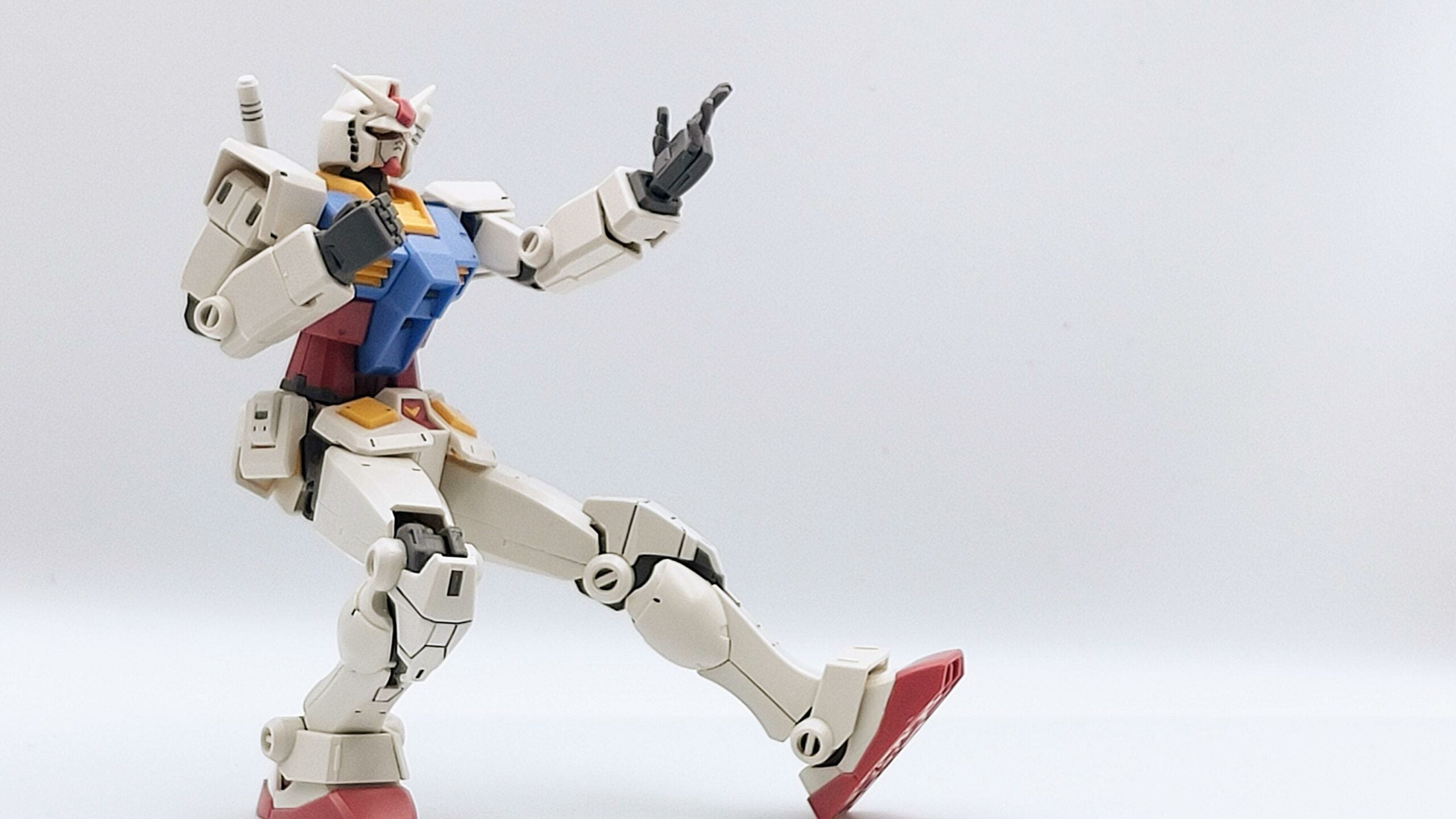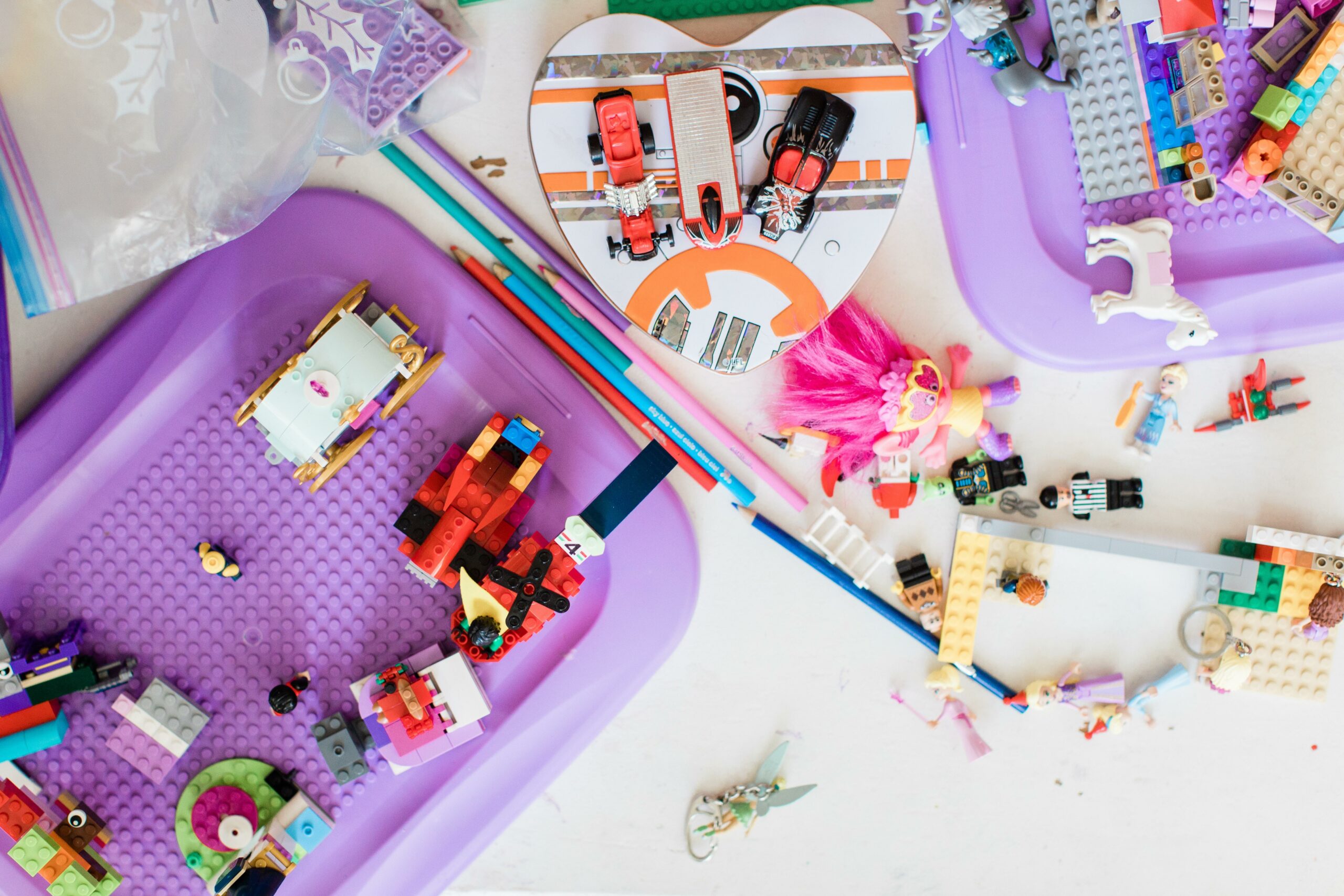Are you ready to embark on a journey through time and explore a world filled with wonder and imagination? Join me as we delve into the captivating history of toys. From ancient civilizations to modern day, toys have played a pivotal role in shaping our society, defining childhood experiences, and igniting our imagination. In this article, we will uncover forgotten stories, trace the evolution of toys, and unravel the societal significance behind these cherished objects. Get ready to be enthralled by the fascinating tales that lie behind the toys we hold dear.

History Of Toys
Toys have been a part of human culture for centuries, captivating the imaginations of both children and adults alike. The story of toys is a vibrant tapestry woven throughout history, telling tales of childhood, societal norms, and the evolving concept of play. From ancient civilizations to modern digital entertainment, the history of toys is a fascinating exploration of human creativity, innovation, and the power of imagination.
In antiquity, children played with whatever they could find, using sticks and rocks to create their own versions of toys. Archaeological discoveries and ancient literature have uncovered evidence of toys and games being present in ancient civilizations. These early toys were crafted from natural materials such as rocks, sticks, and clay, reflecting the resourcefulness of children in those times.
One of the earliest examples of toys comes from ancient Egypt, where children played with dolls made from stone, pottery, and wood. These dolls were often intricate, reflecting the craftsmanship and care put into creating them. Similarly, ancient Greek and Roman children had their own toys, including dolls made of wax or terracotta, as well as sticks, bows and arrows, and yo-yos. These toys provided entertainment and allowed children to engage in active play.
In ancient Greece, the act of sacrificing childhood toys to the gods marked a significant rite of passage into adulthood for girls. This tradition highlights the cultural significance and symbolism attached to toys during that time. Additionally, ancient Greece is also credited with the creation of the oldest known mechanical puzzle, showcasing the ingenuity and playfulness of the ancient Greeks.
Over time, the perception of childhood and the value placed on play underwent a transformation during the Enlightenment era. Previously, children were viewed as miniature adults and were expected to work. However, the Enlightenment brought a new awareness of the importance of childhood and play, leading to a shift in attitudes. This shift created an environment where toys became more widespread and were seen as tools for education and entertainment.
The toy industry has experienced exponential growth and has had a significant economic impact. The popularity of toys and the demand for new and innovative playthings has fueled a thriving industry. Toys not only serve as a source of entertainment but also have educational benefits, aiding in child development and providing opportunities for learning and creativity.
However, it is important to recognize that certain toys have historically perpetuated gender stereotypes. Toys such as Barbie dolls and toy soldiers have often been associated with specific gender roles and expectations. Thankfully, perceptions are changing, and there is a growing movement towards inclusivity and breaking down gender barriers in toys.
Toys come in a variety of materials, ranging from traditional wood, clay, and paper to modern plastic. The evolution of technology has also given rise to interactive digital entertainment and smart toys, introducing a whole new dimension to play. Collectors’ items have emerged as a niche market, offering toys that are meant to be admired and displayed rather than actively played with.
It’s not just children who enjoy playing with toys; adults also engage in toy-related activities to form social bonds, teach, and find therapeutic benefits. Toys have the power to bring people together, spark memories, and provide a source of joy and nostalgia.
In wrapping up this journey through the history of toys, it’s essential to note that the origin of the word “toy” remains a mystery. However, its usage can be traced back to the 14th century, further solidifying the enduring presence and cultural significance of toys throughout time.
Through the lens of history, we gain insights into the significance of toys in shaping societal norms, childhood experiences, and the evolution of play. Their ability to entertain, educate, and foster imagination has made toys an integral part of human culture, connecting generations and transcending time. So next time you pick up a toy, take a moment to appreciate the rich tapestry of history contained within its humble form.
“Toys tell stories of childhood, culture, and creativity, transcending time and connecting generations.”
Toys have been a beloved source of entertainment for generations. From action figures to board games, there’s something for everyone to enjoy. However, did you know there are fun and fascinating facts about toys that you might not be aware of? Discover the history, trivia, and surprising tidbits about toys by clicking on this link: fun facts about toys. Prepare to be amazed as you delve into the world of toys and uncover intriguing secrets that will leave you wanting to learn even more. So, what are you waiting for? Click the link and let the journey into the captivating realm of toys begin!
History Of Toys
Toys have always held a special place in our hearts. From simple wooden dolls to complex electronic gadgets, they have evolved throughout the ages, captivating both young and old. One fascinating aspect is the ever-changing landscape of playthings. If you are curious to learn more about the incredible journey of toys through the ages, click here: Toys through the ages. Discover how the definition of fun has transformed over time and marvel at the ingenuity of the human mind.
The evolution of playthings is a captivating topic that sheds light on the cultural, technological, and societal changes within our world. Prepare to be amazed as you delve deeper into the fascinating world of toys and witness the remarkable ingenuity that has shaped our childhoods. Interested to learn more? Click here: Evolution of playthings. Join us on a journey through time and unlock the secrets behind the toys that have brought joy and wonder to countless generations.
So, are you ready to embark on a captivating adventure? Don’t miss your chance to explore the history of toys and discover how they have shaped our lives. Click on the links above and let your imagination soar!
Who Invented Toys? A Journey Through Time
[youtube v=”TKMlyjNSedc”]
Toys have been a cherished part of human culture for centuries, captivating the imaginations of both children and adults alike. While the earliest toys were crafted from natural materials like rocks, sticks, and clay, man-made toys have been found in ancient civilizations around the earth.
In India, experts have excavated toys dating back over 4500 years. These toys include clay animal figurines on wheels, small carts, bird-shaped whistles, and even toy monkeys that could slide on a string. Ancient China is also known for its contribution to the world of toys. The kite, which was invented in China, was already popular over 3000 years ago. Another classic toy, the yo-yo, also has its roots in ancient China and was made from wood, metal, or painted terracotta clay.
Ancient civilizations like Egypt, Greece, and Rome had their own unique toys as well. Egyptian children had dolls with wigs and movable limbs, while Greek and Roman children played with dolls, yo-yos, balls, wooden swords, bows, and little figurines. In fact, it was a tradition for Greek children to burn their favorite childhood toys as a sacrifice to the gods when they reached adulthood.
The Enlightenment era marked a significant shift in attitudes towards toys. There was a new awareness of childhood and play, leading to toys being seen as tools for education and entertainment. With the advancement of technology, toys have evolved to include interactive digital entertainment and smart toys.
The toy industry has not only provided countless hours of joy but has also had a significant economic impact. Toys have historically perpetuated gender stereotypes, but there is now a growing movement towards inclusivity and breaking down gender barriers in toys.
Toys today come in a variety of materials, from the traditional wooden, clay, and paper toys to modern plastic ones. Collectors’ items have also emerged as a niche market, with people valuing and preserving toys from the past.
While toys are often associated with children, adults also find enjoyment in them. Toys provide avenues for social bonding, teaching, and even therapeutic benefits.
The origin of the word “toy” remains a mystery, but its usage can be traced back to the 14th century. Throughout history, toys have shaped societal norms, childhood experiences, and the evolution of play, connecting generations and transcending time.
As you reflect on the toys that have brought joy into your life, remember that they are not just playthings but tools that have shaped our culture and provided endless moments of happiness, discovery, and growth.
“Toys have shaped societal norms, childhood experiences, and the evolution of play, connecting generations and transcending time.”
FAQ
Q: What materials were ancient toys made from?
A: Ancient toys were made from natural materials such as rocks, sticks, clay, stone, pottery, wood, wax, terracotta, and even mechanical puzzles made of metal.
Q: How did the Enlightenment era impact the popularity of toys?
A: The Enlightenment era brought about a shift in Western attitudes towards children and childhood, valuing play and childhood experiences. This led to the widespread availability and popularity of toys.
Q: Do toys have educational benefits?
A: Yes, toys have educational benefits and can aid in child development. They provide entertainment and fulfill educational roles by stimulating creativity, promoting problem-solving skills, and encouraging social interaction.
Q: Are gender stereotypes associated with certain toys?
A: Yes, historically, certain toys like Barbie dolls and toy soldiers have had gender stereotypes associated with them. However, perceptions are changing, and there is a growing emphasis on gender-neutral toys and more inclusive representations.
Q: What are some examples of modern toys?
A: Modern toys can be made from various materials such as wood, clay, paper, and plastic. They also include interactive digital entertainment and smart toys that incorporate technology. Some toys are produced as collectors’ items and are intended for display.
- China II Review: Delicious Food & Speedy Service - April 17, 2025
- Understand Virginia’s Flag: History & Debate - April 17, 2025
- Explore Long Island’s Map: Unique Regions & Insights - April 17, 2025
















